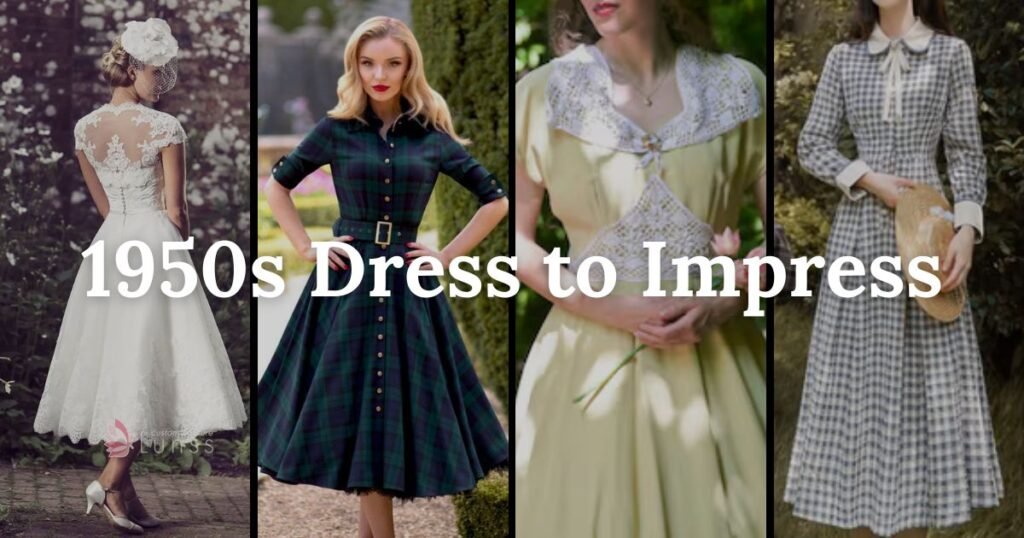A golden period of classic fashion, the 1950s was a time of brilliance, appearance, and particular attention to the shapes. The 1950s can serve as a great source of inspiration for anyone hoping to live a life in vintage style. Whether you are a man in an amazing suit or a woman who is getting ready for a formal event, the fashion would follow. We have tried to examine the most influential fashion of that time for both men and women in this blog. This aims to educate the visitors and offer comprehensive advice and creative suggestions on how to update these classic styles for the modern era. But the echoes of the 1950s dress to impress discover a place in the latest contemporary creations despite the evolution of styles of dresses that such an era once produced.
Women’s fashion in 1950s Dress to Impress
1. Fit-and-Flare Dress
The fit and flare was the most popular fashion in the 1950s, which emphasized the waist and created an hourglass figure.These dresses featured cinched waists and voluminous skirts, which were often worn with petticoats underneath to increase the volume. This style was popularized by fashion icons like Grace Kelly and Audrey Hepburn. If you want this look, then below elements should do the work:
- Necklines: These were designs with delicate collars or delicate embellishments, like sweetheart, boat, and square, were more popular.
- Fabrics and patterns: soft pastel hues, floral prints, and polka dots are amazing choices. These striking items were often made of cotton, silk, and synthetic fibers.
- Modern style: A slight twist on this classic look could be done by pairing it with a slim belt and kitten heels; this will create a vintage-inspired modern outfit. Adding pearls with your outfit will give you a nice 1950s touch.
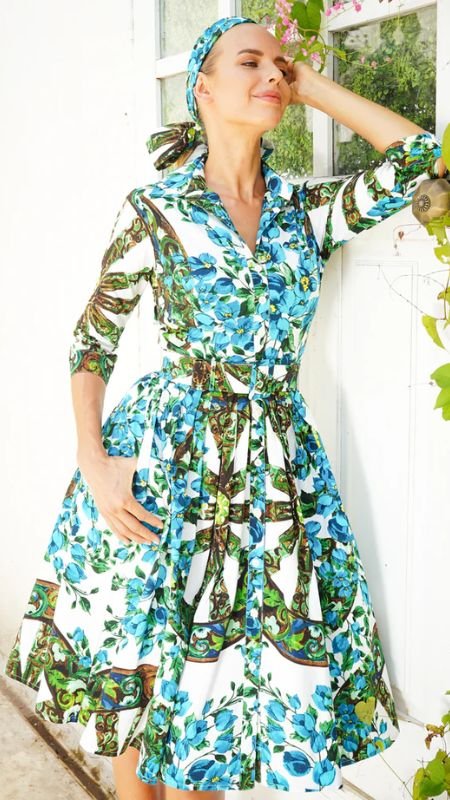
2. The Wiggle Dress
A more alluring interpretation of 1950s fashion, the wiggle dress is an ideal selection also. This form-fitting style, which embraces the curves, creating a sophisticated and feminine silhouette, became synonymous with Hollywood glamor. To attain this, look for:
- Details: Look for elements like high necklines, pencil skirts, and cap sleeves. The dress frequently has well-placed seams to highlight the figure.
- Colors: Jewel tones, classic black, and deep red are some popular color choices. Because they highlight the dress’s architectural lines, solid colors are advised.
- Styling advice: Consider wearing it with a cropped bolero or cardigan to create a layered effect. Long gloves and brooches are examples of vintage-inspired accessories that improve the overall style, but it is important to pick them carefully to keep everything in balance.
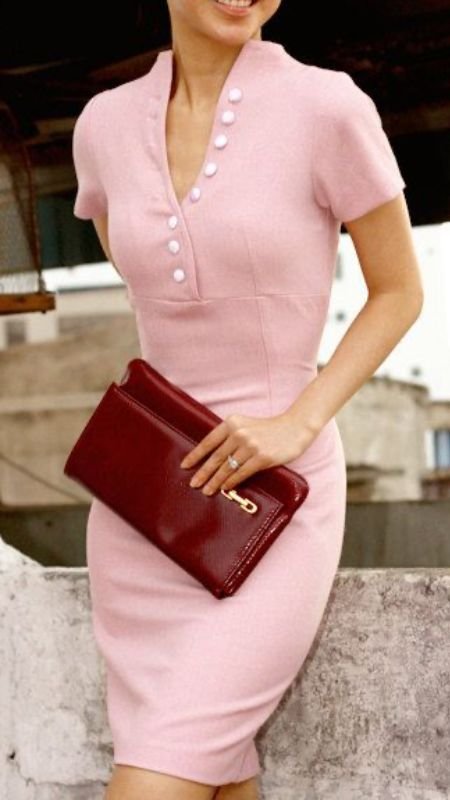
3. Tea-Length Dresses
These dresses generally fall among the knee and ankle, which have long been a go to desire for formal activities. These clothes often feature in-depth detailing like lace overlays, embroidery, or satin fabric, which makes them perfect for any special event and birthday celebration. Consider the following in case you need to choose such a dress.
- The accents: Beaded elaborations, scalloped edges, or delicate bows—can enhance the general appearance. This excessive information will add a stage of allure and sophistication for your outfit.
- Shoes: Additionally, the choice of shoes is essential; pairing the get dressed with classic pumps or peep-toe heels in coordinating hues or steel finishes can elevate the ensemble.
- Occasion: Although tea-period clothes are flexible, they may be especially nicely-applicable for weddings, lawn parties, or upscale events. This style is a perfect balance among formal and feminine, suitable to a huge range of tastes.
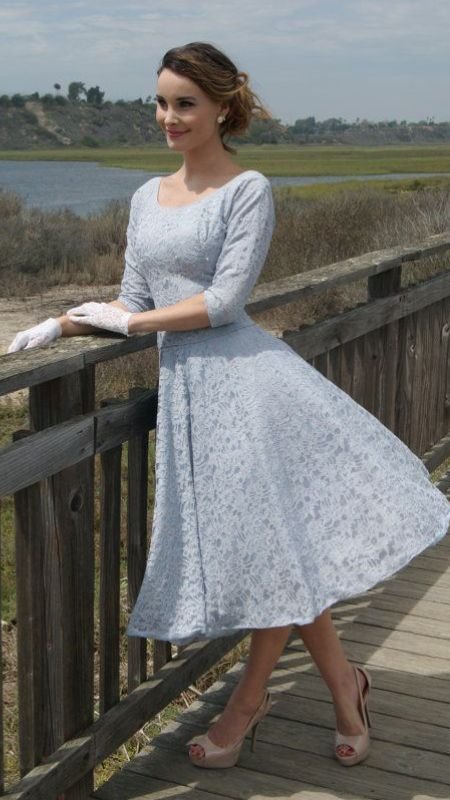
4. Shirt Dresses
Shirt dresses presented a relaxed yet fashionable choice for women during the 1950s. These garments blended well with the upper portion of a button-down shirt with a flared skirt, resulting in a somewhat formal but elegant outfit that was great for everyday use.
- Waist detailing: Tie belt or structured waistband that gives definition and shape.
- Print: Stripes, checks, or bold colors on crisp, classic fabrics.
- Modern twist: Roll up your sleeves and pair ankle boots for a modern ceremony. Again, add a vintage-inspired handbag because it adds authenticity.
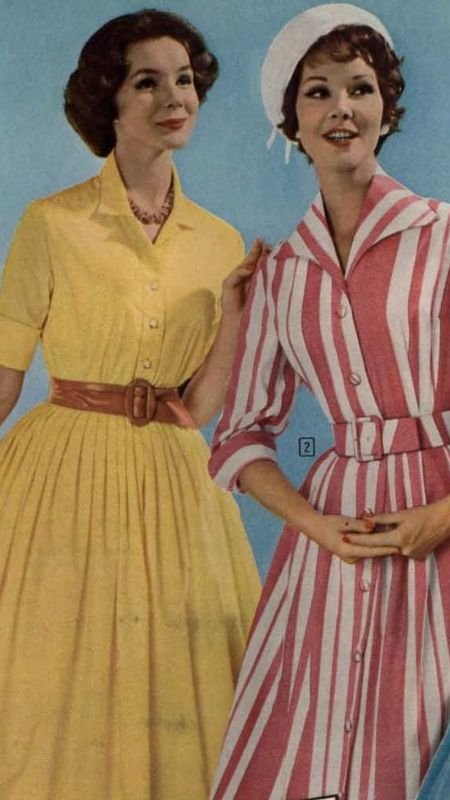
5. Swing Dresses
Swing dresses were designed for movement, making them ideal for dancing or an energetic evening out. Typically curvy dresses are full of elegance and energy, and these dresses became. If you want to know:
- Volume: Wear a crinoline or petticoat underneath for great swing and theatricality. The more underwear, the more authentic the 1950s model seems. If you want to go on a special occasion or want to make a dramatic statement, consider packing multiple petticoats.
- Accessories: Enhance the outfit with bold jewellery like a chunky necklace, oversized brooches, or eye-catching earrings. A vintage clutch in metallic, satin, or floral embroidery provides the best finishing touch. If you match your accessories with your garments it would really give a nice look.
- Hair and makeup: Finish with a classic victory scroll hairstyle, which can be achieved by parting the hair and creating an array of scrolls around the hair. Pair this with a bold red lipstick with a matte finish, well-defined brows and subtle winged eyeliner for true 1950s glamour, however, a delicate touch is essential.
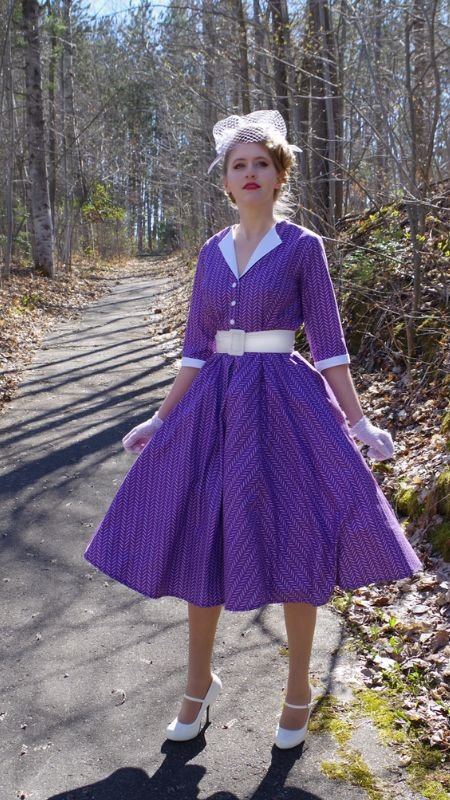
6. Circle Skirts
A prominent but crucial element of 1950s fashion was the round coat, which offered versatility and sparkle. When paired with a fitted blouse or sweater, this style created a beautifully balanced image that was playful and feminine at the same time. The circular cutouts facilitated graceful movement and could be adjusted up or down several times. If you want to know:
- Other ideas: Embrace quirky settings with images such as poodles, musical sounds, or beautiful sculptures. Bold and bold colors in vibrant shades were also popular, allowing for versatility. Flowers of spring or seasonal prints are considered to be a great idea to uplift your outfit.
- Accessories can elevate the ensemble: wide belts accentuate the waist, creating definition. Choose low-cut shoes—like Mary Janes or ballet flats—for comfort and authenticity. The belt can be matched with the shoe for a coordinated look.
- Modern twist: For a modern twist but consider pairing the skirt with a tucked t-shirt for a casual retro vibe. They encourage experimentation with different surfaces while retaining classic designs, as well as incorporating contemporary touches that retain classic elements.
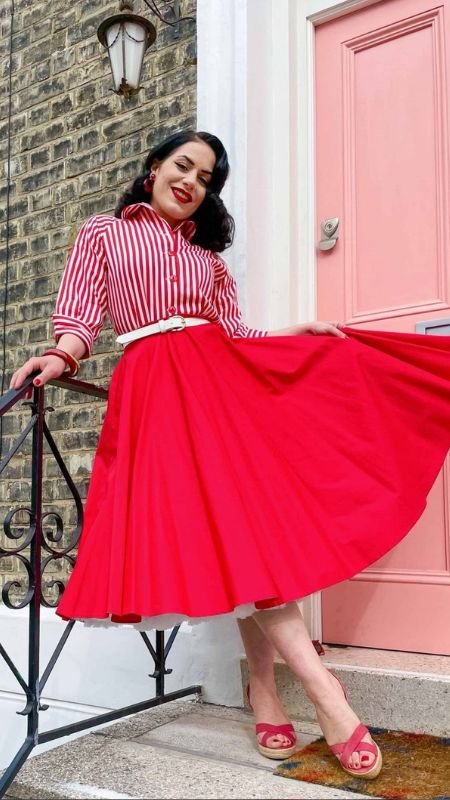
7. Pedal Pushers and Capri Pants
In the 1950s, capri pants and pedal pushers became popular and represented a sporty but unserious alternative. These flat dresses, which ended just below the knee, provided a practical but elegant choice for casual occasions. These were often paired with classic blouses and sweaters; showcased a relaxed yet elegant approach to fashion while maintaining the signature charm of the decade.
- Details: It’s important to focus on high-waisted dresses with side zippers; this adds authentic vintage charm. Look for accessories such as cuffs, back pockets and decorative buttons, which contribute interest by retaining the clean lines typical of the season
- Color: Also, embracing bright pastels like mint green, baby blue and soft pink can enhance your wardrobe and playful polka dot prints are also appealing. Solid colors in classic neutrals remain popular for their versatility and ease of matching.
- Pairing: You can look effortlessly stylish by pairing these pants with ballet flats and a matching cardigan. Adding a silk scarf tied around your neck can raise the sophistication; however, kicking up the pants a bit gives a more laid-back vibe, which is also welcome.
Accessories for a Complete Look 1950s Dress to Impress
No self-respecting follower of the 1950s look would forego an accessory that is interesting and well picked out. The glam finish of the 1950s, particularly the sleek and polished look that was popularized during that era, required a refinement of sorts. And while there is plenty to choose from, nothing screams 50s street style and fashion like a standard motorcycle jacket with an angled zipper.
- Details: Make sure to scrutinize details like wide lapels, various zippered pockets, and waist belts that come with adjustable straps. The hardware should be strong and mainly in silver color as this will add to the effect. Additionally, you may want to look for quilted shoulders or furniture for realism.
- Color: Black was the overall leader in colors together with brown, though black jackets were used widely as a figure to show the grit of the era, there were leather jackets in brown that were quite revolutionary. It is important that you stay away from heavily worn leather edges, maintaining a nice glimmer is essential, when paired with a simple brown tone they will highlight. The aesthetic appearance of the jacket will without a doubt change as time passes by, however, the leather remains a vital piece of the jacket.
- Pairing: You could explore the lad vibe by pairing your jeans with a plain white tee, this will allow you to capture youth in the essence of the 50s. Complete the look with classic leather boots or sneakers for period authenticity, although some may prefer a new pair of shoes.
Men’s Fashion Ideas 1950s Dress to Impress
Sweater and Cardigans
Knitwear became a staple of men’s fashion in the 1950s, representing the era’s theme of casual sophistication while also adding warmth and style These interchangeable pieces can often be changed up, depending on the occasion, a must-have for every advanced wardrobe. The right ways include the following:
- Patterns: Bold colors mixed with Argyll and cable knit fall under the different designs of this decade. Patterns identified as All typical configurations have a diamond motif printed in complimentary colors – of which cable knitwear usually has broad bands resembling lines. Deep and subdued solid colors can work too, as the fad was not favoring appearing too bright or neon.
- Layering Another important piece of learning is the addition of tailored items worn over the dress shirt and jokers: this combination puts the very quintessence of college 1950s wear into a good perspective. The dress should be color-coordinated and structured, and well-shaped fancy neckties should be worn. For formal occasions, you can add a pocket square, but leaving the upper button unfastened will create a casual look.
Hats
These fabulous accessories provided both a practical use as well as a style aspect for men during the Fifties. Hats completed each outfit while taking into account and adhering to the social mores of the period. The styles included:
- Fedoras: Traditional for formal wear, fedoras have a wide brim and a middle-dented crown. They should be made from good materials, such as felt or straw (excellent for summer), with a contrasting ribbon band. The brim should work to one’s face shape and body type.
- Flat Caps: Conversely, Flat Caps served as a great desire for casual activities, supplying an extra comfortable opportunity to formal headgear. One might choose wool or cotton variations based on the season, with either subtle patterns or stable colors that enhance their outfit.
- Styling Tips: Styling guidelines advocate matching the hat color with shoes or belts to achieve a unified appearance that reflects interest to element. Although one has to remember the event and time of day whilst selecting hat styles, it’s crucial to ensure a proper health for each comfort and aesthetic attraction. The hat ought to rest level on the pinnacle, neither too some distance forward nor too far back, due to the fact this balance contributes to a normal polished appearance.
Conclusion
Overall the blog has covered all the major fashion trends that you can follow in order to look fashionable with the 1950s dress to impress. With the thorough details of the provided information and effective implementation you will be able to enhance your appearance. Therefore, if you try your hands in the realm of fashion then this could be your ultimate go.

